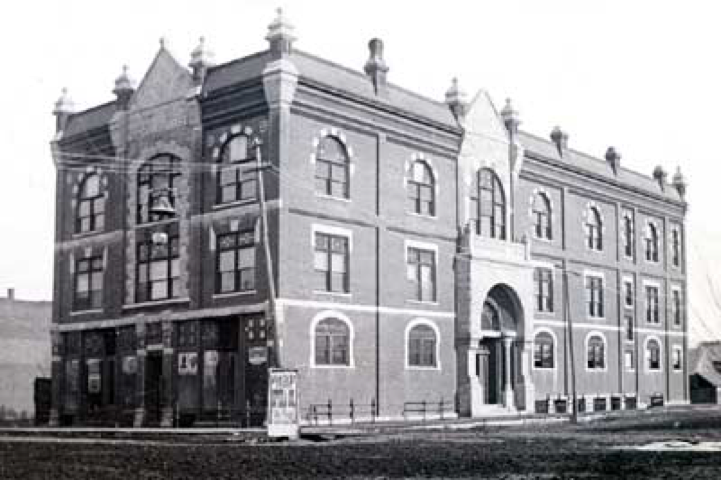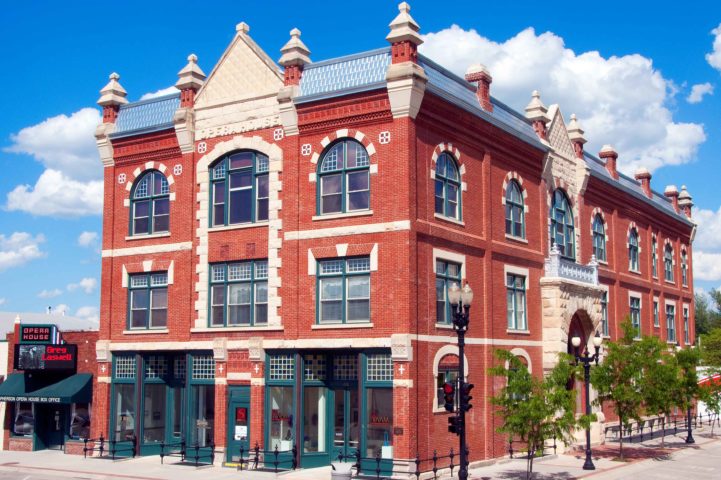 In 1986, the McPherson Opera House Preservation Company was formed to save the building from demolition and to restore it to community use.
In 1986, the McPherson Opera House Preservation Company was formed to save the building from demolition and to restore it to community use.
Although many in McPherson had affection for the Opera House, most felt the derelict building was beyond repair, and the consensus was that the Preservation Company, although well intentioned, had little hope of success.
The early supporters of the Opera House are genuine heroes. They devoted countless hours to the backbreaking, dirty, and dangerous work necessary to prepare the Opera House for its eventual rehabilitation. Time and again, against seemingly impossible odds, they saved the building from the wrecking ball.
Their early work paved the way for the completion of the Opera House, an $8,500,000 project. The west commercial portion was put into service in February 2007, and the auditorium had a Grand Reopening on January 28, 2010, exactly 121 years after the original Grand Opening.
Funding came from individual donors, foundations, government and private grants, as well as from State and Federal Rehabilitation Tax Credits – government done right. Special thanks to those McPherson voters who passed the one-half percent special-use sales tax that made the completion of the project possible.
The McPherson Opera House has won numerous awards for its architectural excellence, accolades from performers who love the auditorium for its acoustics and intimacy, and from patrons who appreciate the quality of the performances. The rental spaces, because of their historic charm and 21st-century amenities, have also won wide praise.












